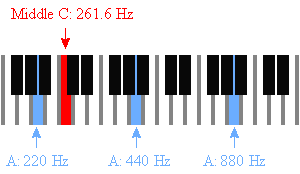

Some of these names are from the Table of Native American flute Keys on this web site, and some are from general usage.

This row in the tables above lists some typical terminology for Native American flutes that have a fundamental note in that octave. Typical Native American flute Descriptions From the tables above, that would place it in the IPN Octave of C 4–B 4 … so its fundamental note is an F # 4. So, for example, I roughly measure the sound chamber of the mid-range F # minor Native American flute I happen to have sitting next to me, from the sound hole to the direction holes at the bottom: 15″.

Helmholtz Pitch NotationĪ note-octave notation system that uses upper-case and lower-case letters to indicate octaves. It uses a five-line staff and the placement of notes that indicate pitch and duration. This style of musical notation originated from the European classical music tradition and now commonly in use to represent a wide variety of music. This row in the tables above shows the range of notes in Octave Correspondence - Middle C and Above **A 0 is the lowest note on a standard 88-key piano keyboard and is Piano Key #1. For description of the rows in these tables, scroll down below the tables. These tables show how IPN lines up with various other systems for naming the notes. The note an octave below C 0 is written C -1, and the next lower octave is written C -2, etcetera.Ĭ 4 in IPN corresponds to middle C on a piano. These may also be written in various publications as: C(2), F #(3), B b(4), C, F #, B b, or C2, F #3, and B b4. IPN set the standard of using 440 Hertz as the reference frequency for the note A 4.Īre followed by an octave number. IPN is a note-octave notation termed “Scientific Pitch Notation” in the original proposal by the Acoustical Society of America ( ) and now commonly called “International Pitch Notation”. International Pitch Notationįlutopedia uses International Pitch Notation (IPN) when talking about musical notes. This page gives the correspondence between these various systems of notating the octave for a particular note. Some of these systems use the format of note name (such as “C” or “F #” or “B b”) followed by an octave indication, and are generally called note-octave systems. Some of these systems are in current use, and some appear in the historical references cited on Flutopedia. There are many systems in use to indicate the octave for a particular note.


 0 kommentar(er)
0 kommentar(er)
